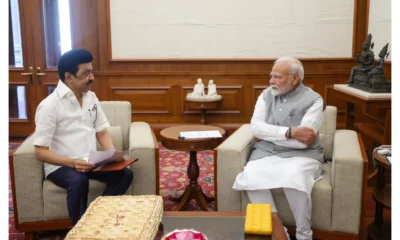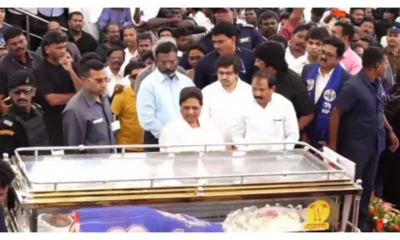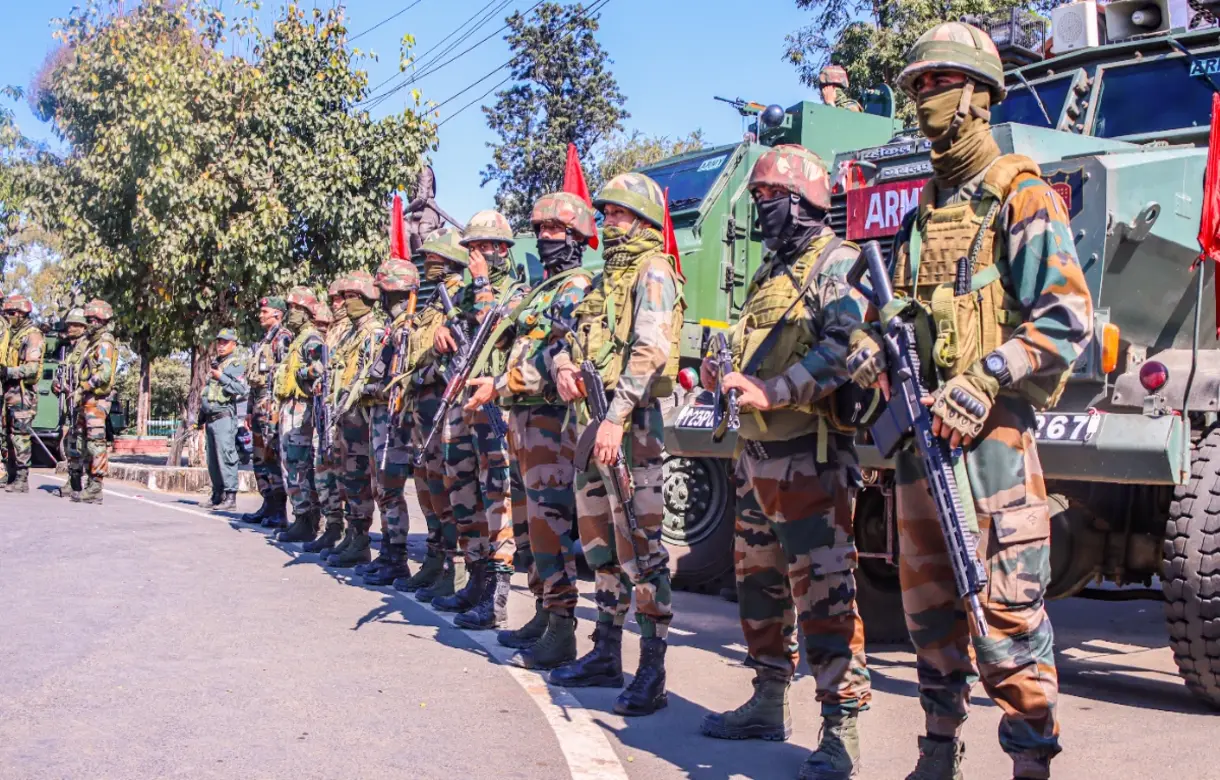India News
Chennai rains: Tamil Nadu CM MK Stalin announces holiday for schools, colleges, work from home for IT employees
The School Education Department has also issued a circular to all schools in the state, directing them to implement precautionary measures to ensure student safety during the rainy season.
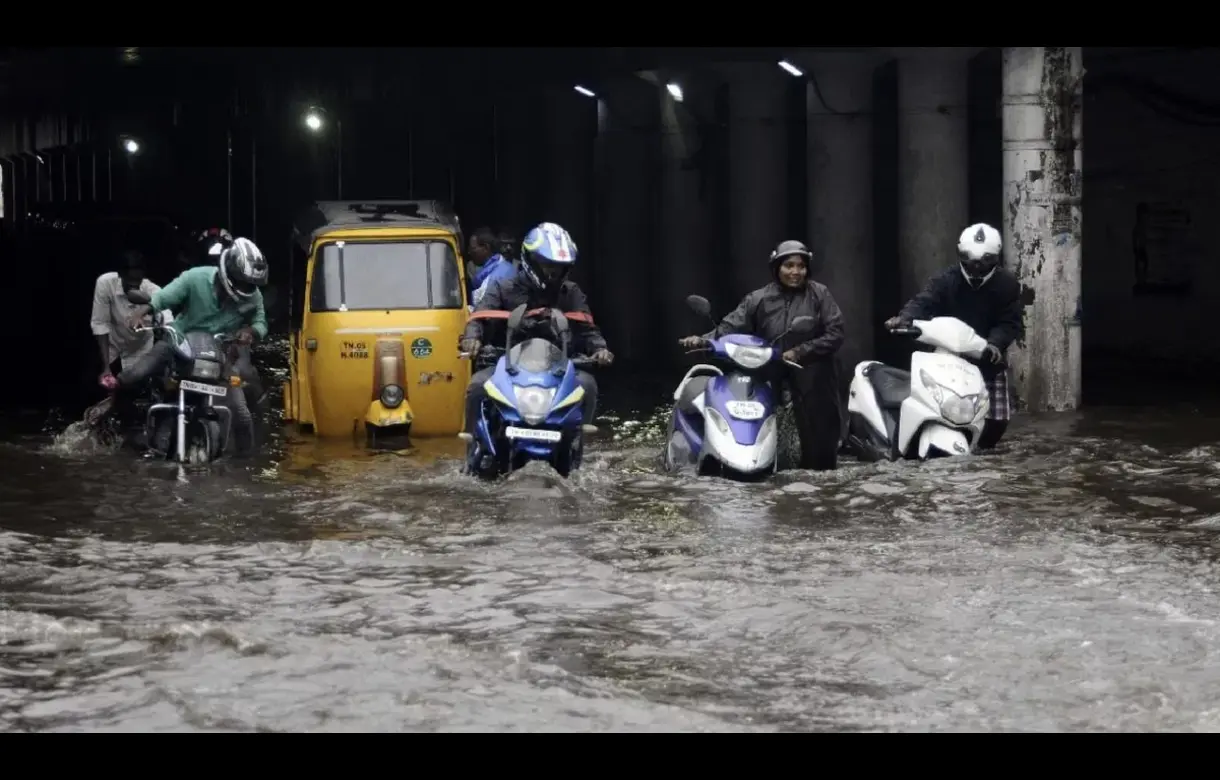
India News
NDA ahead in Maharashtra, Jharkhand, say exit polls
A gentle reminder on the exit polls prediction that in recent Assembly elections in Haryana and Jammu and Kashmir, the results turned out completely different and surprising from what was being predicted.
India News
Manipur extends internet ban for three days amid fresh violence
The administration suspended the services on November 16 for two days in an effort to prevent anti-social elements from spreading content that might create law and order problems. It had been extended for two more days on Monday.
India News
Rahul Gandhi lauds Telangana govt’s move to make law for gig workers
The Congress-ruled governments have taken several steps in this direction, with the Congress dispensation in Rajasthan becoming the first state to legislate the welfare of gig workers, he said.
-
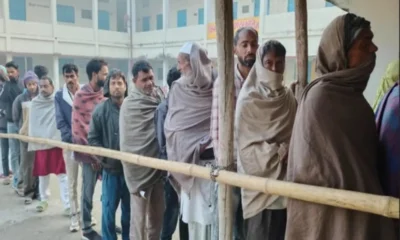
 India News23 hours ago
India News23 hours agoVoters identity row: Election Commission says ensure fair bypolls, suspends Uttar Pradesh police officials for violating guidelines
-

 India News21 hours ago
India News21 hours agoUttar Pradesh bypolls: Woman’s body found in sack, family allege she was killed for supporting BJP
-
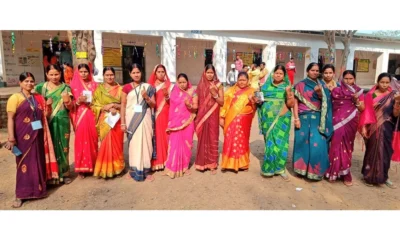
 India News22 hours ago
India News22 hours agoDespite high-voltage campaign, less than 50% of Maharashtra voters voted till 3 pm
-

 India News23 hours ago
India News23 hours agoJharkhand elections: Maoists torch 5 trucks in Latehar
-
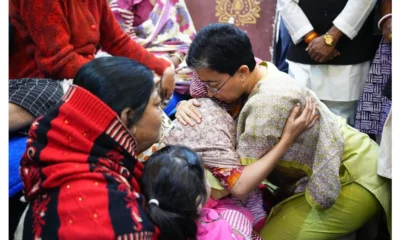
 India News21 hours ago
India News21 hours agoDelhi CM Atishi slams Amit Shah over deteriorating law & order sitution in capital
-
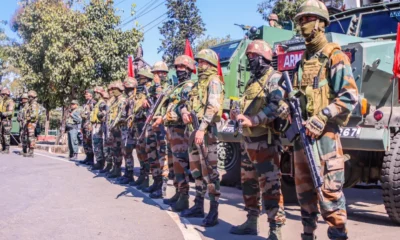
 India News20 hours ago
India News20 hours agoManipur extends internet ban for three days amid fresh violence
-

 India News20 hours ago
India News20 hours agoRahul Gandhi lauds Telangana govt’s move to make law for gig workers
-

 India News18 hours ago
India News18 hours agoNDA ahead in Maharashtra, Jharkhand, say exit polls





